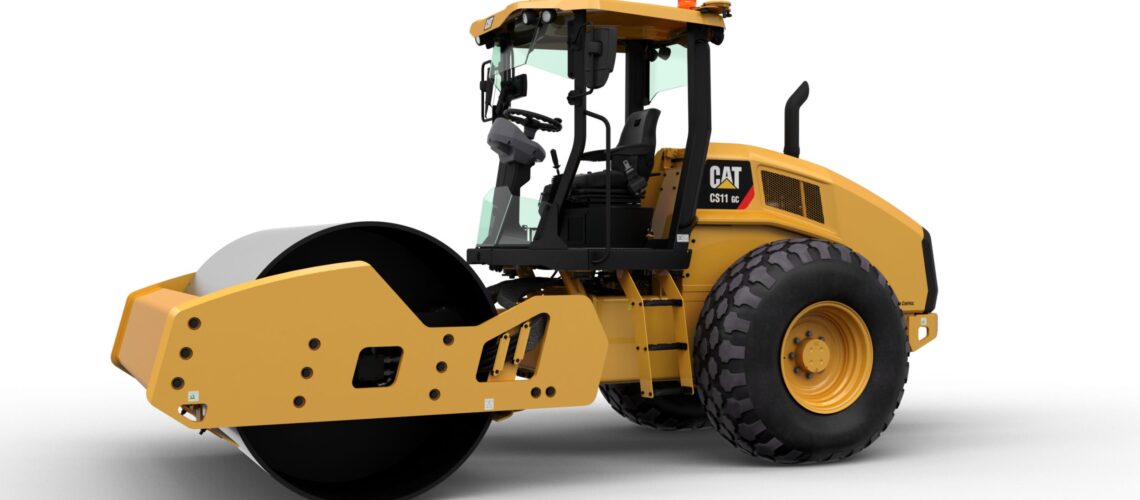Compactors

🏗️ Compactors
Compactors are essential construction machines used to increase the density of soil, asphalt, or other materials by reducing air voids through force and vibration. This ensures a stable, long-lasting foundation for roads, buildings, and other structures.
🔧 Types of Compactors
| Type | Description | Best For |
|---|---|---|
| Plate Compactors | Flat, vibrating plate; hand-operated. | Small areas, granular soils, paving stones. |
| Rammer Compactors | Uses high-impact, vertical force; also called “jumping jacks.” | Confined spaces, cohesive soils. |
| Walk-Behind Rollers | Small, dual-drum machines with operator on foot. | Sidewalks, driveways, patchwork. |
| Tandem (Double Drum) Rollers | Two smooth steel drums; used for asphalt compaction. | Roads, highways, parking lots. |
| Single Drum Rollers | One steel drum and two rear rubber tires; sometimes with vibratory action. | Soil and sub-base compaction. |
| Pneumatic Rollers | Multiple rubber tires provide kneading action. | Finishing asphalt layers, soil compaction. |
| Sheepsfoot Rollers | Steel drum with protruding “feet” to knead soil. | Deep compaction of cohesive soils (clay). |
📍 Common Applications
- Road and highway construction
- Parking lots and runways
- Building foundations
- Trenching and pipeline work
- Landscaping and backfilling
✅ Key Benefits of Proper Compaction
- Increases load-bearing capacity
- Prevents settlement and shifting
- Reduces water infiltration and erosion
- Ensures durability of paved surfaces
- Enhances pavement smoothness and rideability
🏷️ Top Compactor Manufacturers
- Caterpillar (CAT)
- Bomag
- Dynapac
- Volvo CE
- Wacker Neuson
- CASE
- Sakai
📊 General Performance Specs (varies by model)
| Feature | Range |
|---|---|
| Operating Weight | 150 lbs (plate) – 40,000+ lbs (rollers) |
| Vibration Frequency | 3,000 – 4,000 vpm (vibrations per minute) |
| Compaction Depth | 6 inches – 24+ inches |
| Drum Width | 20 inches – 84 inches (50 cm – 2.1 m) |

